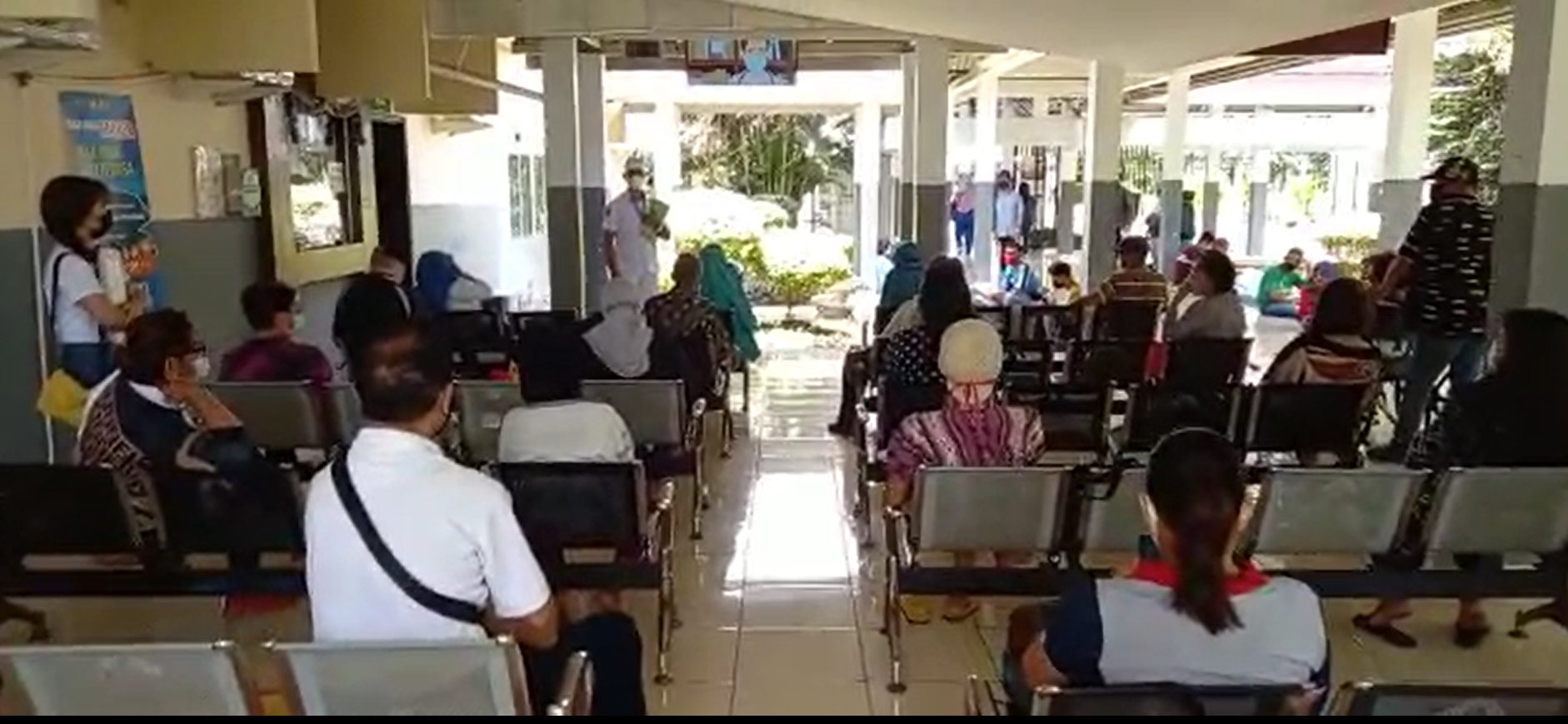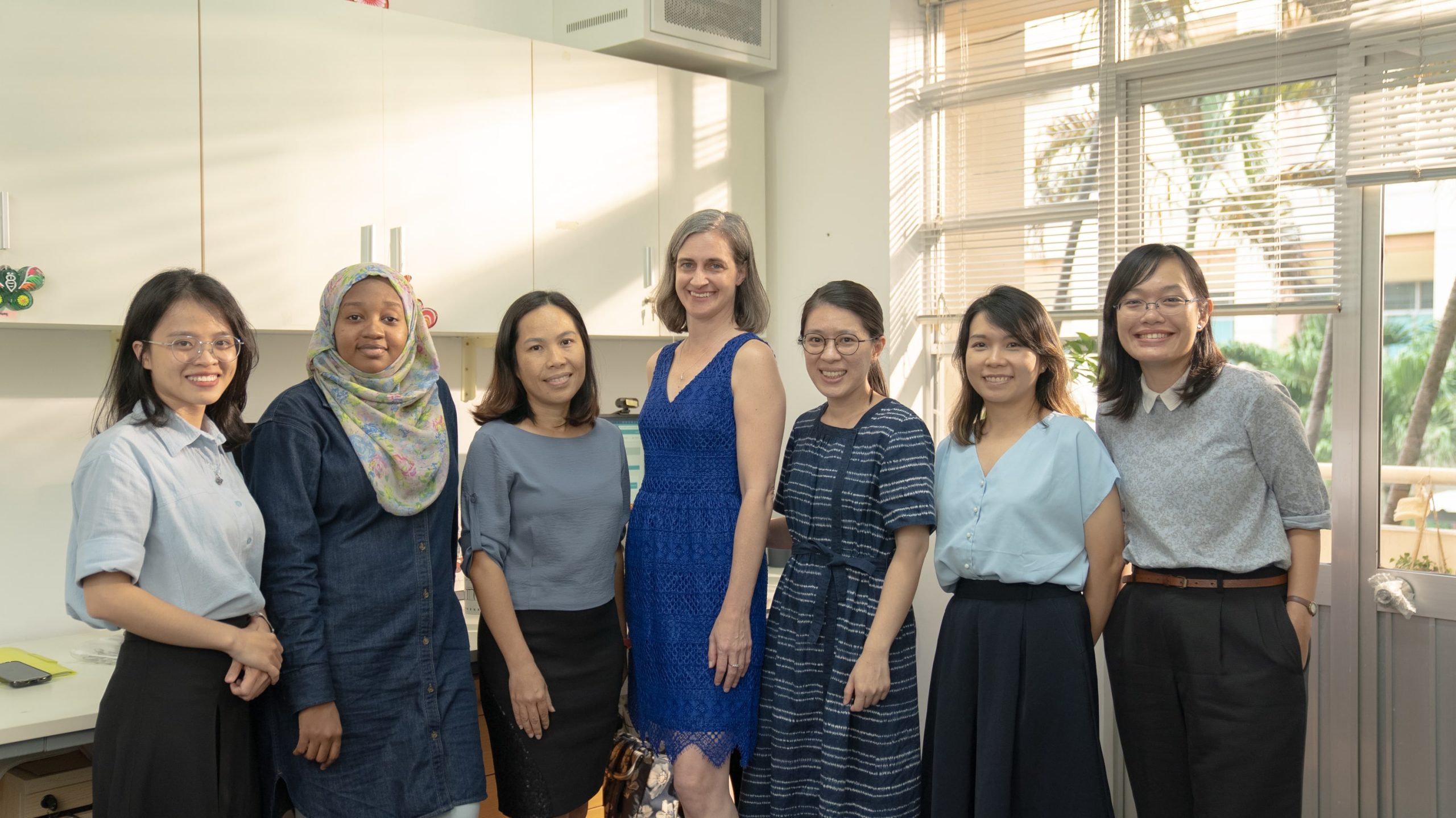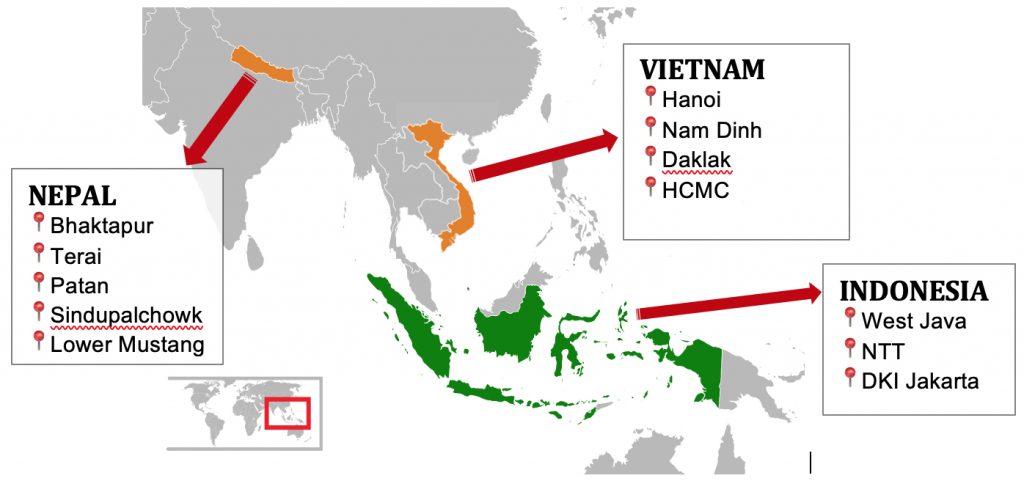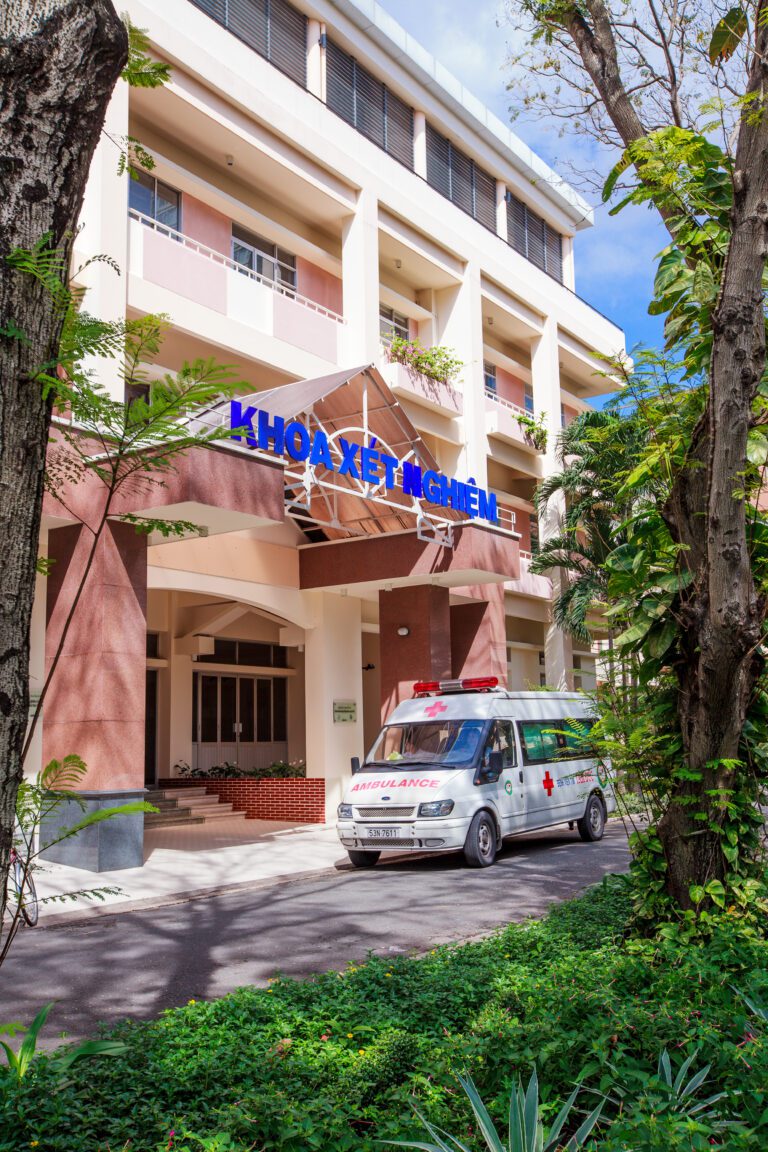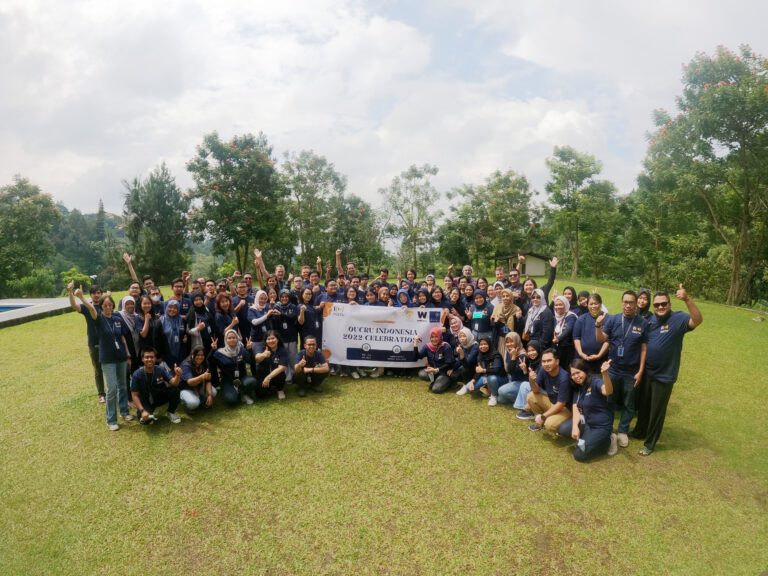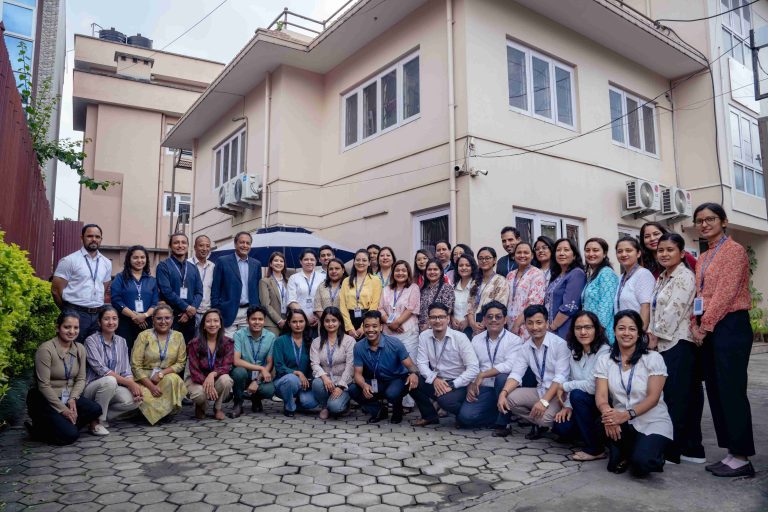Several published research studies have shown that healthcare workers (HCWs) were significantly affected during the COVID-19 pandemic. Being on the front line of the pandemic response, they faced increased risks including pathogen exposure, a shortage of protective equipment, heavy workloads, long working hours, and significant mental distress.
However, many of these studies focused on individual experiences of HCWs rather than their group responses. Examining these collective experiences can highlight the influence of local culture and social factors, as well as analyse system limitations during public health crises such as the pandemic. This understanding can then be used to develop recommended guidelines for future similar crisis situations.
As a part of SPEAR project studying the pandemic impacts on HCWs in Vietnam, Indonesia, and Nepal from 2020 to 2021, we found five main themes that explain how HCWs started coming together, uniting and building communities, as well as supporting each other during tough times using a sociological framework [by Baehr](1).
The first three themes show how HCWs formed a ‘community of fate’ during the pandemic:
- They recognised the extreme work-related danger.
- They isolated themselves from the outside world to limit transmission risks.
- They faced constant challenges with heavy workloads and mental health issues.
In response to these difficulties, two following themes showed how they bonded and became resilient:
- They felt a shared duty to protect their communities
- They worked together across different levels and departments
Based on these findings, we came to the conclusion that to prepare for future health crises, we need more investment in public health and collaboration across government sectors for smoother operations and responses. This potential model is particularly important in low- and middle-income countries, where most of the responsibility in public health emergencies falls on HCWs in primary care settings, where systematic challenges (long working hours, lacking equipment and infrastructure, etc..) are more common.
Read full article here https://bit.ly/HCW-social-cohesion
References:
(1) Baehr, P. (2005). Social extremity, communities of fate, and the sociology of SARS.
*Archives Europ* ́*eennes de Sociologie, 46*(2), 179–211. https://doi.org/10.1017/
S000397560500007X
Read more about SPEAR (Social Science and Public Engagement Action Research): Understanding the Socio-Cultural Impact of the COVID-19 Pandemic in Three Countries in Asia



